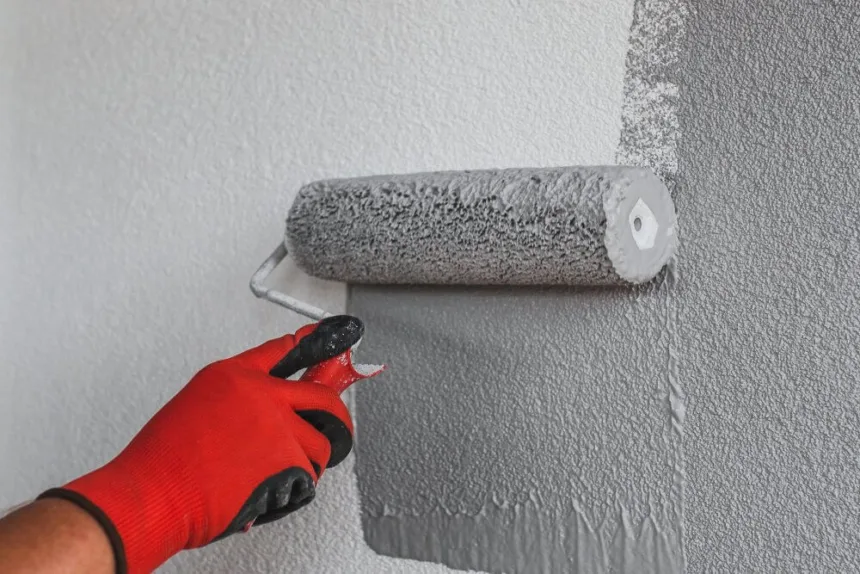Acrylic rendering has quickly gained in popularity as a method to extend the lifespan and enhance the appearance of homes. This flexible technique involves giving exterior building surfaces an appealing, smooth finish by applying a mixture of acrylic polymer, sand cement and other ingredients. Zaks Render rendering in Sydney is not simply pretty; its foundation lies within modern building techniques and material science concepts.
Acrylic polymers, manufactured using acrylic acid or acrylates, form the basis of acrylic rendering. As opposed to more conventional rendering materials like cement and lime, acrylic polymers offer many benefits over conventional alternatives like cement or lime: resilience, flexibility and weather-, fade- and crack resistance are just a few among them; with such durability in mind they make ideal choices for outdoor applications that cannot avoid prolonged environmental exposure.
Rendering mixtures typically comprise cement, sand, water and various additives, including acrylic polymers. Cement serves as the binder in these mixes to provide strength and cohesiveness while simultaneously holding everything together. The aggregate properties of sand provide rigidity to facilitate handling and make this material easy to apply and handle. You may adjust your ratio of cement-to-sand depending on application needs or desired finishes.
Additives play an indispensable part in optimizing rendering mixes in several ways: pigments add colour, boosters or retarders adjust how long it takes the mixture to set, plasticizers make handling simpler, while fibre reinforcement chemicals further bolster their composition for toughness and resilience.
The Science of Application
Correct application of acrylic render finishes requires acute attention to detail. Understanding how different factors could alter results such as ambient conditions, mixing methods, and surface preparation is central to this endeavor.
Surface preparation is a fundamental element of acrylic rendering. For proper adhesion of the render to its substrate, which must be dry, clean and free from debris such as oil and dust deposits; any faults or cracks should be addressed accordingly while any weak connections strengthened using high-grade filler products.
Assembling rendering components into their perfect consistency is crucial for optimal results, with over wetting potentially weakening, splitting or sagging mixtures, while too little water may prove hard to manage. Modern mixing equipment like paddle mixers and mechanical pumps provide solutions that ensure consistent mixes at any given time.
Depending on the substrate type and desired finish, multiple application techniques may be implemented. Render is usually applied using a trowel or spray gun in several thin coats for best results to achieve uniform thickness across a surface by carefully applying each coat slowly before moving on to another one.
Technological Advancements in Acrylic Rendering
Recent advancements have significantly advanced acrylic rendering technologies. One significant advance is pre-mixed acrylic render materials, which come in an assortment of hues and textures and can be directly applied without needing on-site mixing; such materials provide outstanding adhesion, durability, uniformity and ease-of-use properties.
Acrylic renderings now feature antimicrobial and self-cleaning chemicals to address algae, mold and mildew growth; thus keeping surfaces looking their best longer while decreasing maintenance needs. Nanotechnology-based coatings have also been created that increase dirt resistance while prolonging their lifetime and maintenance needs.
Discover how our Photo Heart Wall Art Gift adds a touch of personalization to any space. Click here to explore this heartfelt gift idea!
Conclusion
As previously discussed, acrylic rendering is a combination of science and art, using cutting-edge ingredients with precise application methods to produce surfaces that are both beautiful and long-term durable. Builders and homeowners can achieve long-lasting outcomes by selecting informed materials and procedures and understanding the fundamental science behind acrylic rendering. We may anticipate future advancements that push durability limits further while simultaneously speeding up application times with increased technology – this further establishes its place as part of contemporary construction methods.


Leave a Reply